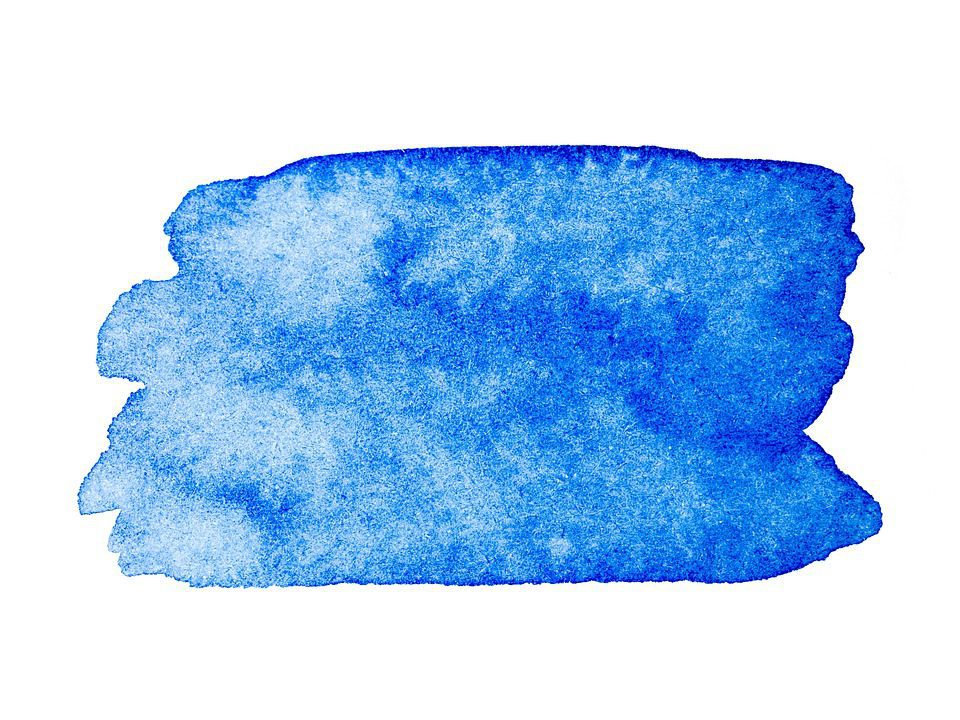Landscape painting has a long and storied history, dating back to ancient times when depictions of the natural world were often used to represent the divine. Over the centuries, landscape painting has evolved and changed in response to artistic trends, innovations in technology, and shifts in cultural attitudes.
Modern landscape painting incorporates a wide range of styles and techniques, from traditional representational painting to more abstract and experimental approaches. Artists today are pushing the boundaries of what constitutes a landscape painting, often incorporating elements of digital media, collage, and other materials into their work.
One of the most significant trends in modern landscape painting is the emphasis on capturing the emotional and psychological experience of being in a particular place. Artists are not simply replicating what they see in front of them, but are instead striving to convey the feeling of being immersed in a particular landscape – the sights, sounds, smells, and textures that define a particular place.
Techniques such as palette knife painting, impasto, and layering are commonly used in modern landscape painting to create texture and depth. Artists are also experimenting with new materials and tools, such as spray paint, stencils, and found objects, to create unique and innovative works of art.
Another trend in modern landscape painting is the exploration of environmental and ecological themes. Artists are using their work to draw attention to issues such as climate change, deforestation, pollution, and urbanization, creating a powerful commentary on the ways in which the natural world is being impacted by human activity.
One artist who is at the forefront of this movement is Edward Burtynsky, whose large-scale photographs of industrial landscapes have garnered international acclaim. Burtynsky’s work is a stark reminder of the profound impact that human activity can have on the natural world, and serves as a powerful call to action to protect and preserve our planet’s landscapes.
Overall, modern landscape painting is a vibrant and dynamic field that is constantly evolving and expanding. Artists are pushing boundaries, experimenting with new techniques and materials, and using their work to make powerful statements about the world around us. As we continue to grapple with the environmental challenges facing our planet, landscape painting will undoubtedly play a crucial role in shaping our understanding of the natural world and our place within it.




